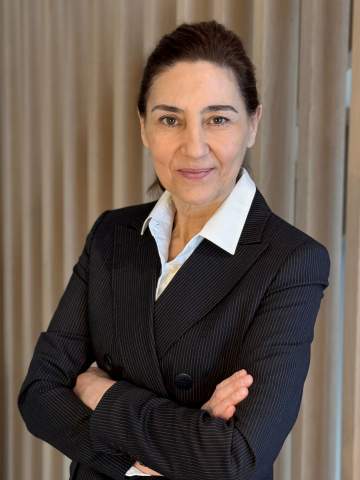CERN’s urban landscape is changing. You see it when you pass the Science Gateway construction site on the Route de Meyrin, admire new and newly-refurbished buildings, or pedal along the growing network of cycle paths. CERN has grown organically over the decades into the laboratory we know today, and it continues to evolve in response to the needs of the physics community we serve, and in consultation with the communities that are our neighbours.
In 2015, CERN released its first Masterplan, giving a glimpse of potential developments at all the Laboratory’s sites, with a horizon of 2030. As that date approaches, the document has now been revised to look forward another decade, to 2040 and the end of the LHC era. The CERN Masterplan 2040 incorporates studies prepared in coordination with the Urban Planning Office of the State of Geneva, and takes into account developments that will be necessary whatever shape the post-LHC era at CERN takes.
The potential development of the CERN sites described in the Masterplan reflects the goals set out in the 2020 update of the European Strategy for Particle Physics, which has been adopted by the CERN Council. The Masterplan is an important tool in enabling us to understand the practical consequences on the ground and to manage development in a responsible and sustainable way. Although plans inevitably change, planning is an important step in preparing for the future, taking into account the needs of the Lab, along with those of our neighbours. Given the ambition and diversity of CERN’s potential future projects, the CERN Masterplan 2040 includes potential development outside the current fenced area of the Laboratory.
The Masterplan is a global document, describing many possible paths for CERN. Whichever one CERN follows, one thing is already certain: over the coming years, CERN will welcome more scientists and more visitors, as Run 3 gets under way, the HL-LHC comes on stream, and Science Gateway opens its doors to the public. Embracing these developments, the new Masterplan not only describes how the CERN sites may evolve, but also tackles issues ranging from mobility to energy supply. I am delighted to share the CERN Masterplan 2040 (in French) with you*. We are also presenting it to the local authorities of the communities that host us. I hope you enjoy the glimpse into a potential future that it gives, and I’d also like to invite you to a town hall meeting in the Main Auditorium on 9 June at 3.30 p.m., where we will present the plan in detail. Raphael Bello (Director for Finance and Human Resources), Benoît Delille (Head of the HSE unit), Michael Poehler (leader of the Technical Office and Geomatics section in the Site and Civil Engineering (SCE) department), Pippa Wells (Deputy Director for Research and Computing) and I (Head of the SCE department) will be happy to answer any questions you may have.
*The English version of the document will be released shortly.

